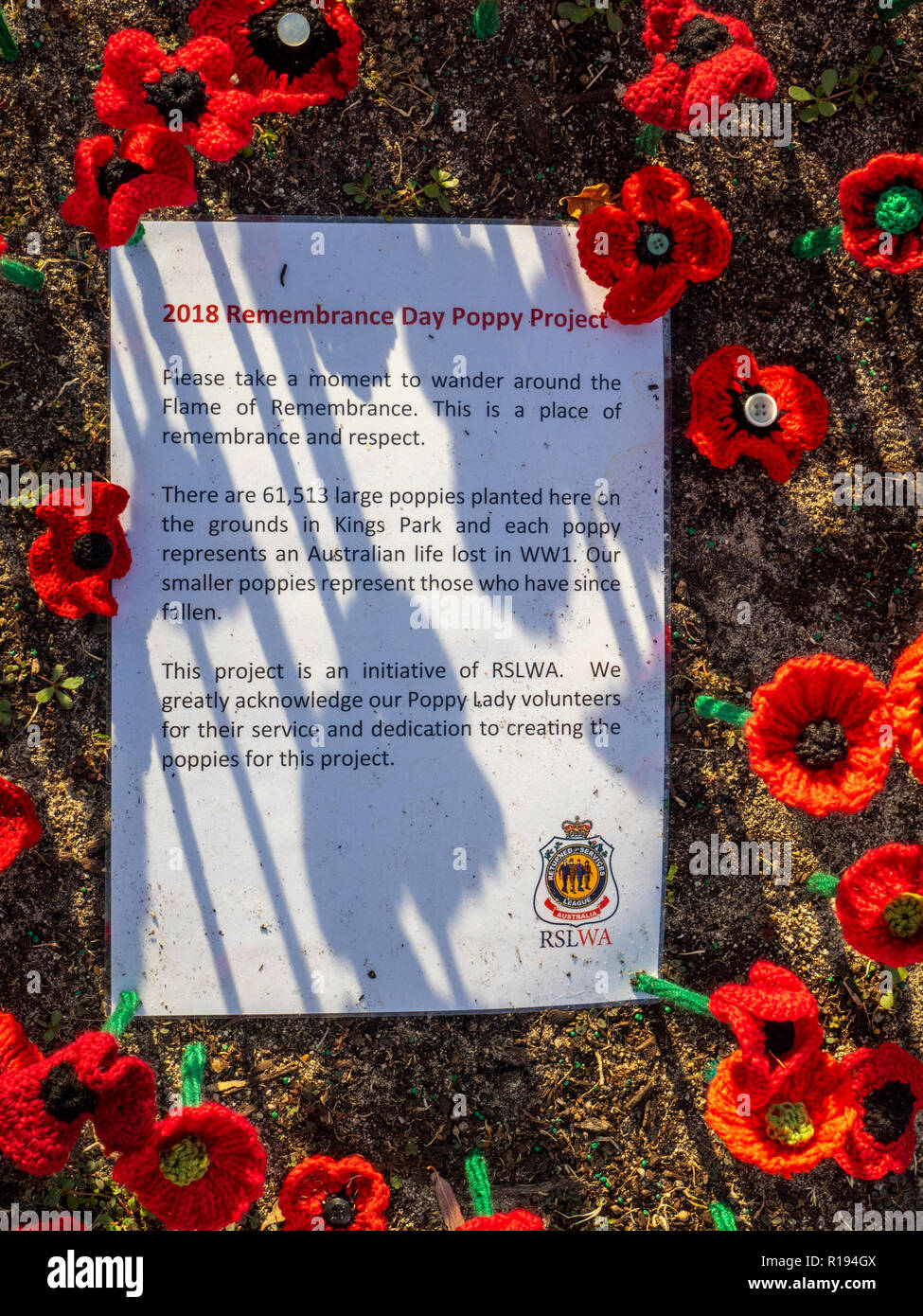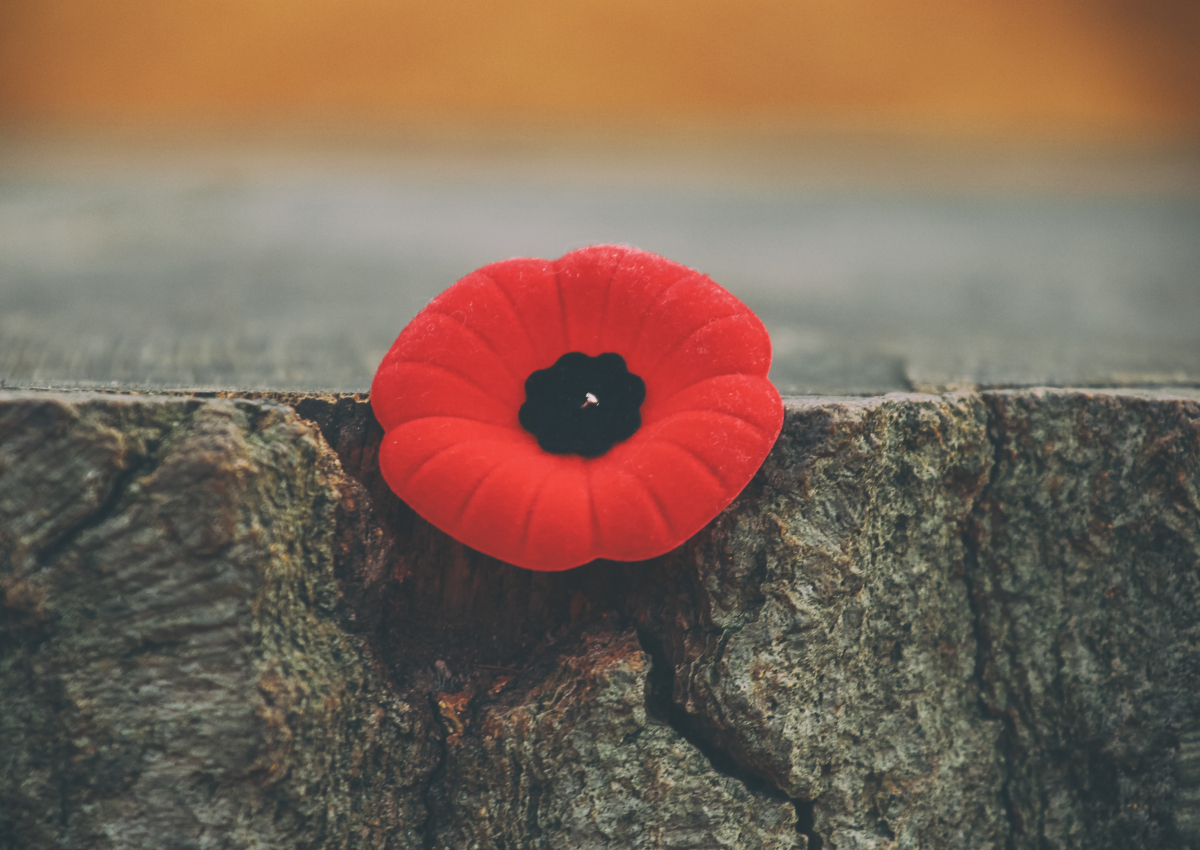

This comes alongside the commemorations that take place every year on 11 November, the anniversary of the signing of the Armistice that marked the end of the First World War in 1918. Remembrance Sunday always falls on the second weekend of November, which means this year’s memorial takes place on Sunday 14 November. To share the history and information with the world so we continue to assist with the healing through our shared history and experiences.To assist with the preservation of African/black history so it is not left deep inside the archives.To empower, educate and elevate those who are missing key historical narratives that have assisted in the way the world has been shaped today.The charity started the appeal because it felt the animals that die at war – which tend to mostly be horses and dogs – are often forgotten.Īnimal Aid sold purple poppies in 2015, when it decided to replace them with enamel purple paw badges, as the charity felt the symbol was being misinterpreted, and the animals were being regarded as heroes, rather than victims. Rather than being associated with humans who have died while serving, the purple poppy is in remembrance of animals that lost their lives at war. The purple poppy was introduced by the charity Animal Aid in 2006. It aims to promote the idea that there are different ways to avoid conflict than through violent means, with the PPU stating: “The best way to represent the victims of war is to work to prevent war in the present and future.” What does the purple poppy mean? While the red poppy specifically represents remembrance associated with the British Armed Forces, the white poppy commemorates all victims of all wars – both military and civilians of all nationalities – seeking to bring to an end “the exclusion of civilians from mainstream Remembrance events”. They were first produced in 1933 by the Women’s Co-operative Guild to symbolise a message of “no more war”, and play a prominent role in the annual Alternative Remembrance Sunday Ceremony. The white poppy is a pacifist symbol of remembrance which has become more popular in recent years.Īccording to the Peace Pledge Union (PPU), the pacifist body which distributes them today, white poppies represent three things: remembrance for all victims of war, commitment to peace and a challenge to the glamorisation of conflict. “We might be slightly biased but we think the Scottish poppy looks nicer too.” What does the white poppy mean? The Scottish charity, which merged with the Royal British Legion in 2011, explains on its website: “Apart from being botanically incorrect it would cost £15,000 to make leaves for all poppies – money we feel is better spent on veterans.

Whereas in England poppies have two petals and a green leaf, the Scottish versions produced by PoppyScotland have four petals and no leaf. Outside the UK, poppies are predominantly worn in Commonwealth nations such as Canada, Australia, New Zealand and South Africa, and are also used to a lesser extent in the US.

It consisted of 888,246 ceramic poppies, denoting each member of the British Armed Forces who lost their life during the conflict, with the final flower planted on 11 November. In 2014, the artwork Blood Swept Lands and Seas of Red was installed in the moat of the Tower of London to commemorate the centenary of the outbreak of the First World War.

The appeal has grown from manufacturing poppies in a room above a shop in Bermondsey, South London to a facility in Richmond where 50 ex-servicemen and women work all year round producing tens of millions of the symbolic flowers. Their first Poppy Appeal in 1921 raised £106,000 – according to the charity’s annual accounts, the 2016 campaign made £49.2m. It was adopted as a symbol by the newly-formed Royal British Legion, established to provide support for members and veterans of the British Armed Forces and their families. The practice quickly spread to the UK, where the first ever Poppy Day was held on 11 November, 1921, the third anniversary of Armistice Day. In Flanders fields the poppies blow Between the crosses, row on rowĪs the war ended, American poet Moina Michael used In Flanders Fields as the inspiration for her own work, We Shall Keep the Faith, and began wearing and distributing the red poppy as a symbol of remembrance.


 0 kommentar(er)
0 kommentar(er)
